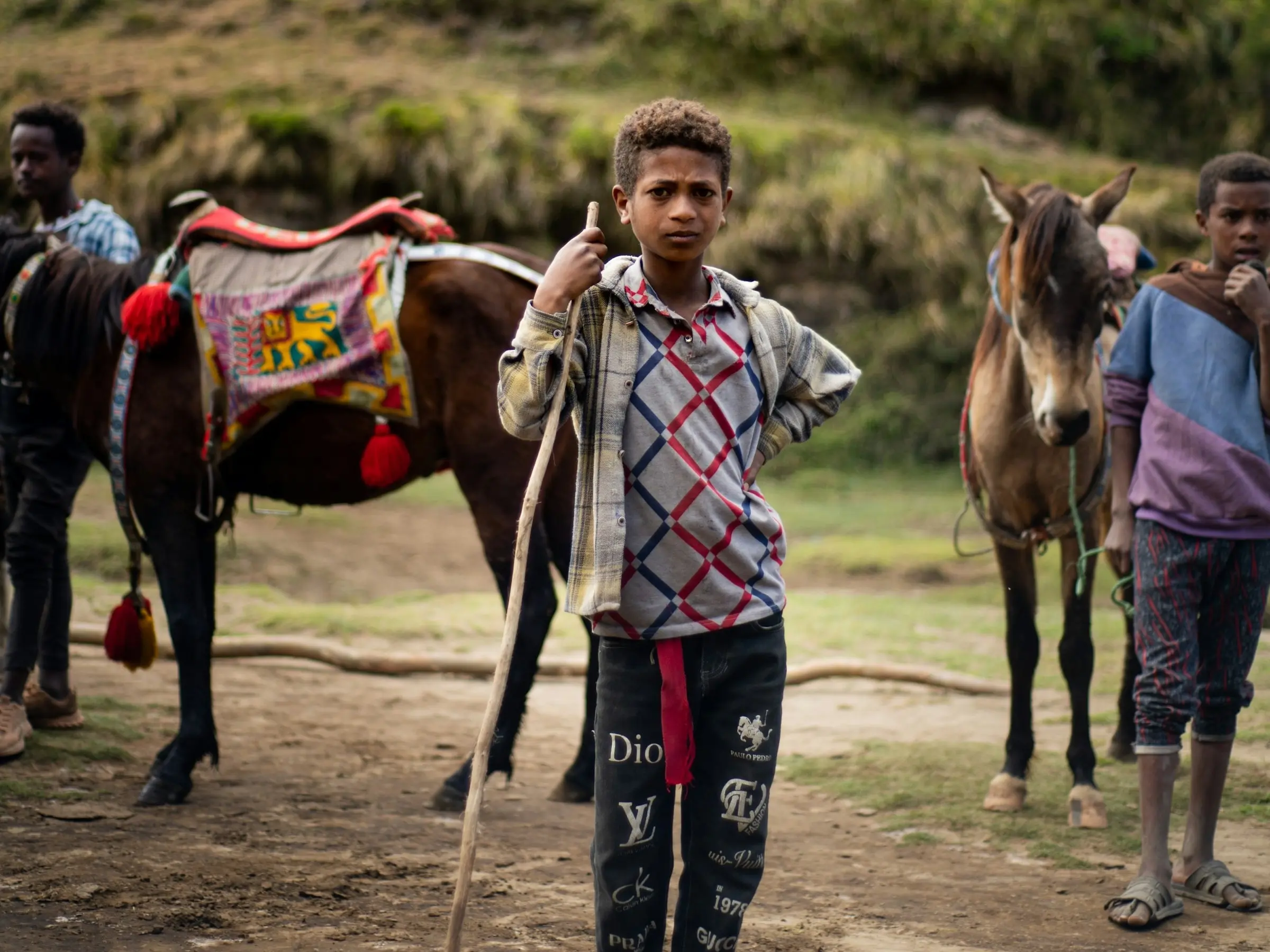
As we update the site, the breeds section has already had a major overhaul. With updated information, images and videos for each breed. Today we wanted to share breeds from Ethiopia.
Hard to Pin Down
There is very little documentation (in English anyway) about the breeds for many of the African countries and Ethiopia is no different. Interestingly, at over 2.3 million horses, more than half of the horses on the African continent reside in Ethiopia. Horses are considered livestock, being working animals, providing essential transport, pack services and agriculture in a country that is still largely horse powered.
Although the Ethiopian government only provides numbers for the Abyssinian breed, in 2012 eight different types were identified in different regions of the country. It took some research, but we’ve managed to find images and videos for many of these animals.
Meet the Breeds of Ethiopia
Given their high per capita population of horses, reference to them and accurate images are difficult to find. Parts of Ethiopia take their horse culture very seriously, so it is unfortunate that there are no official breeding programs in place to preserve the unique bloodlines in the country.
A Sorry Bunch
Sadly the images of many of these animals are not what we would like to share. A large percentage of them are too thin, overworked and covered in sores. Many of the breeds mentioned in the report were said to have ‘unsound conformation’. There are some magnificent animals (of obvious Barb influence) which are well cared for and prized, but they are a minority. The horses of Ethiopia show a clear class distinction in a country with so many struggles.
Bale image from UNICEF Ethiopia under the CC BY-NC-ND 2.0 license; Borana image from Rod Waddington under the CC BY-SA 2.0 license; Horro image from Eileen Delhi under the CC BY-NC 2.0 license; Kafa image from NAHOM SISAY under the CC BY-SA 4.0 license; Kundido image from Marcoetio under the CC BY-SA 3.0 license; Selale image from Rod Waddington under the CC BY-SA 2.0 license; Wilwal image from Rita Willaert under the CC BY-NC 2.0 license
 Abyssinian
Abyssinian Bale
Bale Borana
Borana Horro
Horro Kafa
Kafa Kundido Feral
Kundido Feral Selale
Selale Wilwal
Wilwal